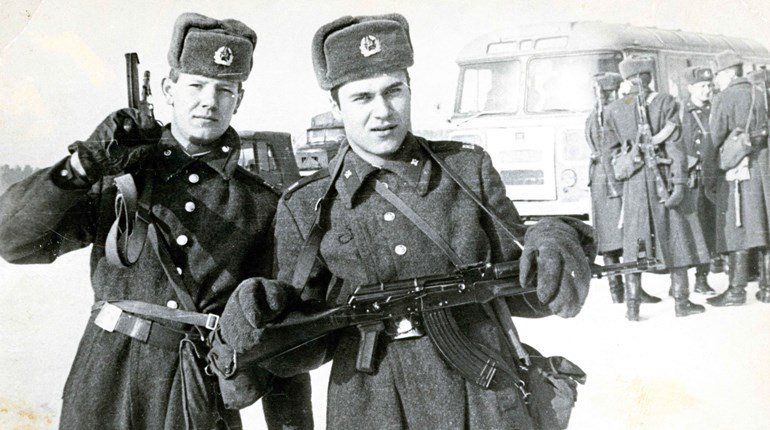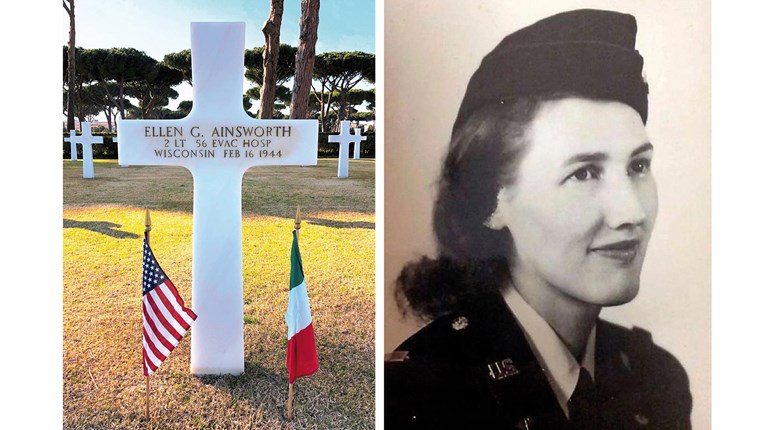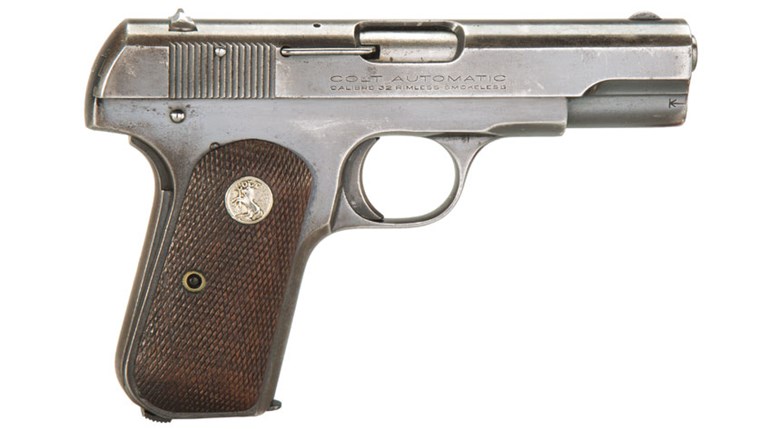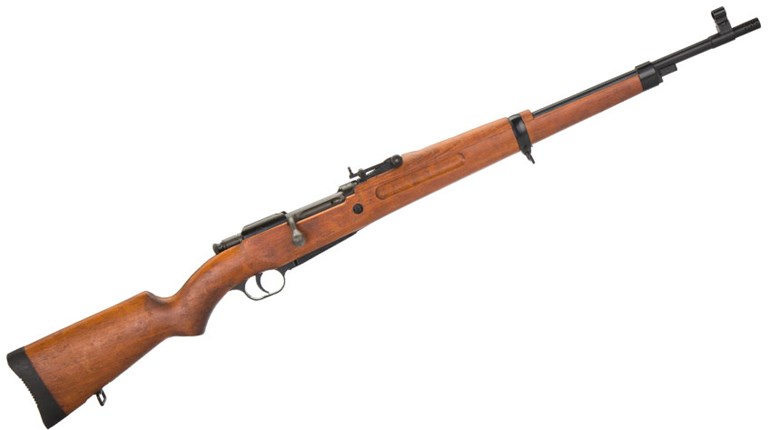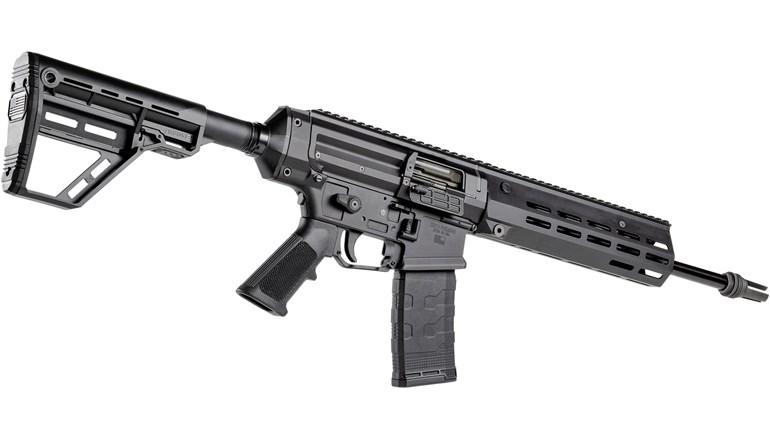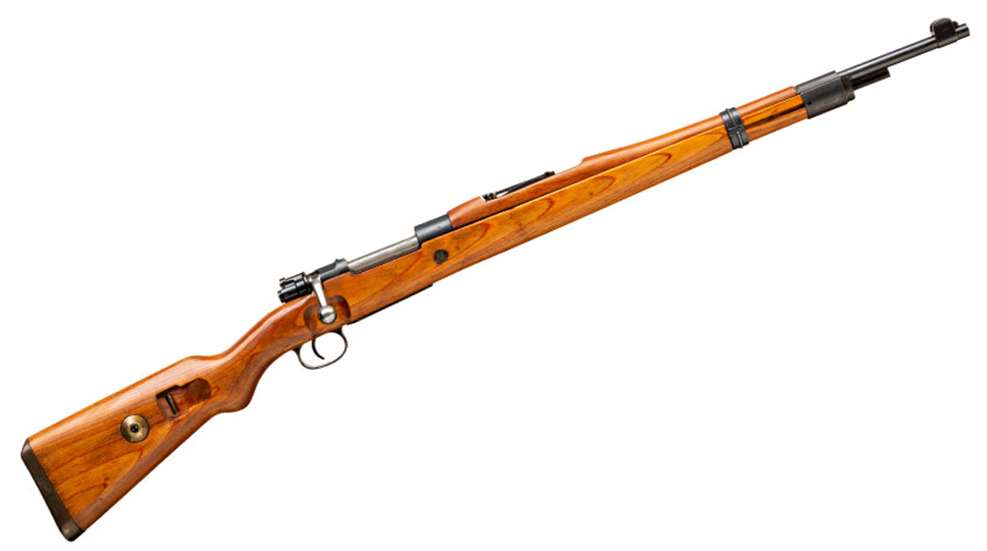
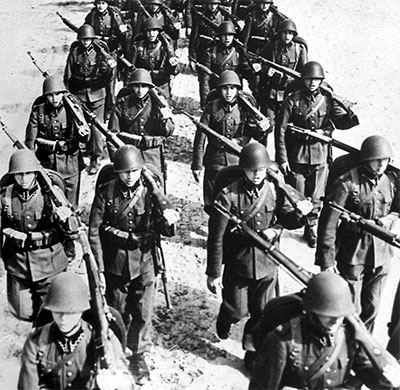
When Poland went to war in September 1939, it did so armed with some impressive examples of infantry firepower. For a pistol, the country fought using the recoil-operated Pistolet wz.35 Vis 9 mm semi-automatic with an eight-round magazine. For a light machine gun, it was well-armed with a product-improved Browning Automatic Rifle chambered for the 7.92x57 mm cartridge that was designated Rkm wz.28. Its heavy machine gun was another John Browning design: the Ckm wz.30, which was just an American Model of 1917, water-cooled belt-fed machine gun, also in 7.92x57 mm.
In other words, the backbone of Poland’s military carried some of the most-effective, small-arms designs in the world. Likewise, the rifle that armed Polish forces was one of the best designs in use at the time: the incomparable Mauser. It was designated Karabinek wz.1929 (wz.29) and it shared a common ancestry with the rifle the German antagonists carried across the border when fighting erupted on September 1.
In the years following the Armistice of November 1918, a trend toward rifles with shorter barrels emerged as recognition set in that 30 inches was more length than necessary in most circumstances. Designs like the U.S. Model of 1903 and the British SMLE No. 1, Mk. III performed admirably in combat and influenced the shift toward barrel lengths in the neighborhood of 24 inches.
Simultaneous to this development, the restrictions of the Versailles Treaty resulted in the relocation of arsenal machinery from the Free City of Danzig on the Baltic to the city of Warsaw in July 1922. Once there, the Poles began manufacturing a version of the full-length Gew.98 using that machinery that was designated the wz.98/29.
After only two years, production of the 98/29 was concluded as the Poles began to explore what might be done to improve it. What they ended up with was a design inspired partly by the German Karabiner 98a and partly by the Czechoslovakian vz.24. It weighed in at 8.8 pounds and had a 43-inch overall length with a 24-inch barrel capable of accelerating a 7.92 mm bullet to a muzzle velocity of 2,440 fps.

The modified design also incorporated the mounting lug for the Model 98/05 bayonet as well as a pair of distinctive protective ears on either side of the front-sight blade. An adjustable, tangent rear sight with graduations from 100 to 2,000 meters at intervals of 100 meters was mounted on the barrel just forward of the receiver. The rifle was built on the “large-ring” Mauser action and incorporated the Gew.98’s innovative bolt design, with two forward-locking lugs and a third “safety lug” for added support in the event of a ruptured cartridge case.
In addition to that, two gas-escape holes on the bottom of the bolt and a gas shield at the cocking piece made it a particularly safe rifle, and the Mauser Gew.98-type claw extractor made it a particularly reliable one as well.
Production of the wz.29 began in 1930 at the National Rifle Factory (Fabryka Broni “Łucznik”) in the city of Radom on the Mleczna River, 60 miles south of Warsaw. Two versions of the rifle would be made at Radom: the infantry short rifle described above, which was assembled with a straight bolt handle, and a cavalry carbine that was completed with a curved bolt handle. In addition to the wz.29’s use by the Polish military, it was sold overseas to Afghanistan, Mandatory Palestine, Hijaz (now part of Saudi Arabia) and Spain (through intermediaries in China, Mexico, Peru and Greece).
When Germany invaded on Sept. 1, 1939, production of the wz.29 came to an end after more than 264,000 examples had been built. An ironic twist to this story is that, by the time of the fall of Warsaw on Sept. 27, the Germans had captured thousands of these fine rifles. They were put to use by the Third Reich under the designation Gewehr.298(p) where they served alongside the Kar.98k that so closely resembled them.
Although the quality of the Polish wz.29 Mauser was impressive, in the end it was not able to hold off the German and Russian invaders. Nevertheless, it deserves to be remembered as one of the finest rifles to fight the Second World War.












